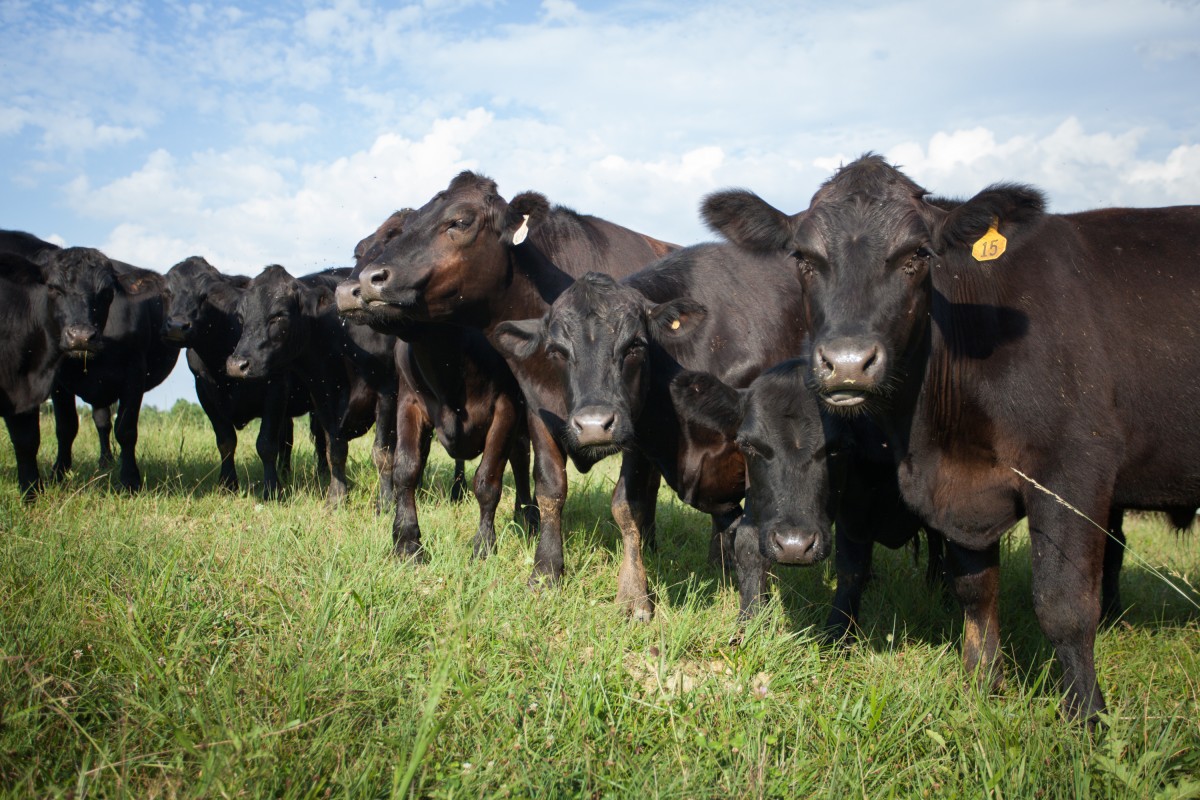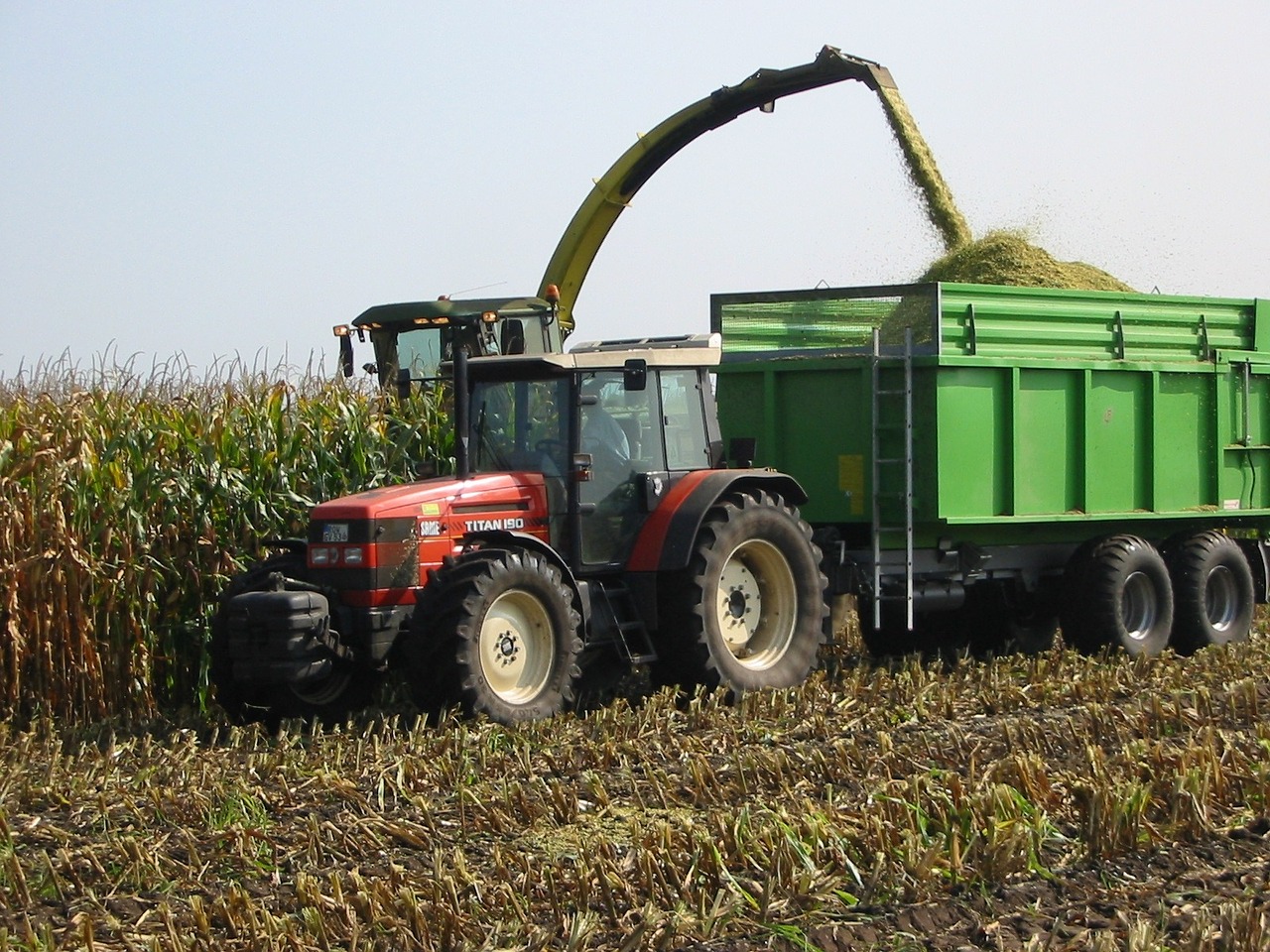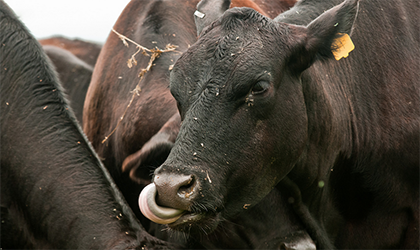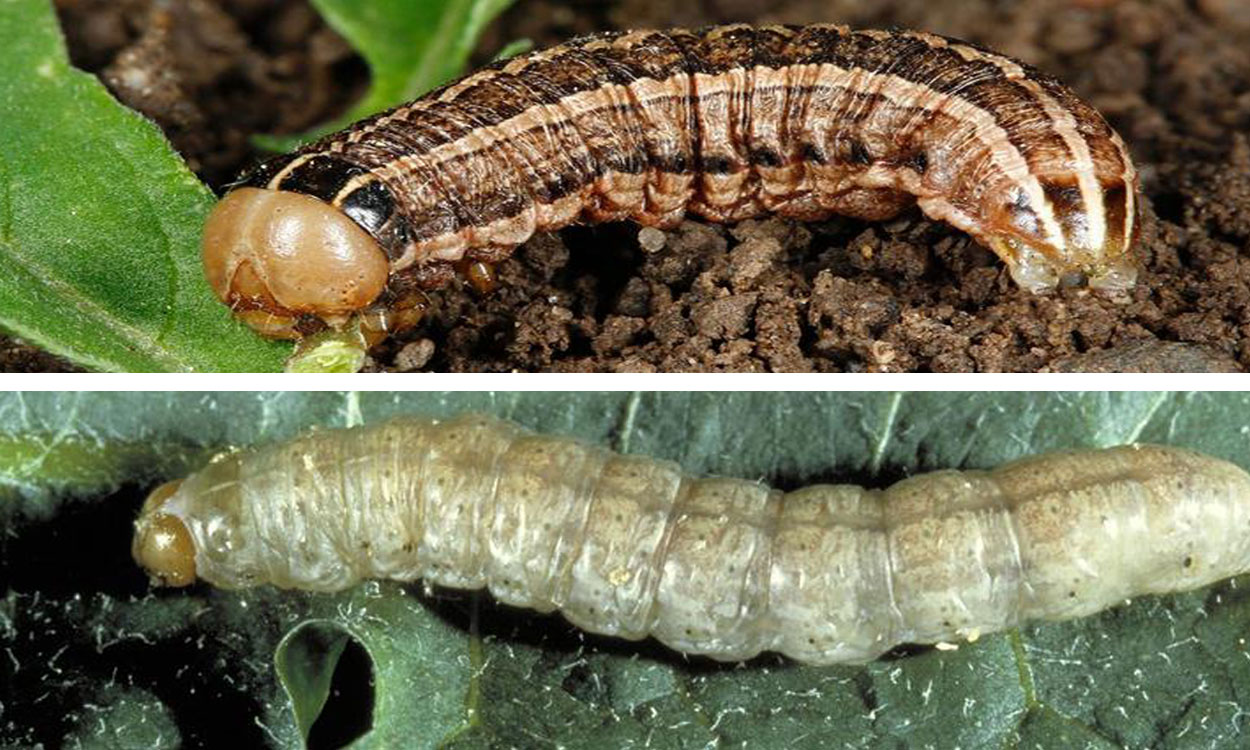Search

Agronomic Considerations for Moisture Deficit Conditions
The current soil moisture stress in South Dakota could be more pronounced than we have seen in last few years. If this continues, cropping decisions may need to be adjusted for the upcoming growing season.

Herbicide Residual Effects on Cover Crops after Wheat
Fact sheet about herbicide residual effect on cover crops after wheat.

Basics of Body Condition Scoring (BCS)
Fact sheet about the basics of body condition scoring for cattle.

Herbicide Residual Effects on Cover Crops after Corn Silage
Fact sheet about herbicide residual effect on cover crops after corn silage.

Influence of Body Condition on Reproductive Performance of Beef Cows
Fact sheet about understanding effects of body condition score on reproductive performance.

USDA: CFAP 1 Program Payment Benefits to Producers
In examining the USDA Coronavirus Food Assistance Program 1.0 website, we are able to directly see the impact of the program and the payments made to producers across the country.

Effects of Shipping and Heat Stress on Embryonic Mortality in Cattle
Fact sheets on the effect of shipping and heat stress on embryonic mortality in cattle.

Counties Designated as Disaster Areas and Qualify for Other Programs
Five South Dakota counties have been given disaster declarations due to dry summer conditions. This declaration gives producers in these counties and those in contiguous counties access to USDA-FSA emergency loans.

Assessing Winter Wheat Stand In the Spring
Overwintering of winter wheat starts in the late fall and is completed during spring regrowth. Factors, such as genetics, amount of snow cover and winter temperatures, can all play a significant role in winter survival of wheat crops.

Monitor Wheat for Early-Season Cutworm Activity
It's finally warming up in South Dakota, and insect activity in wheat fields will be increasing. For wheat, a couple of early-season pests that may already be active are the army cutworm and the pale western cutworm.